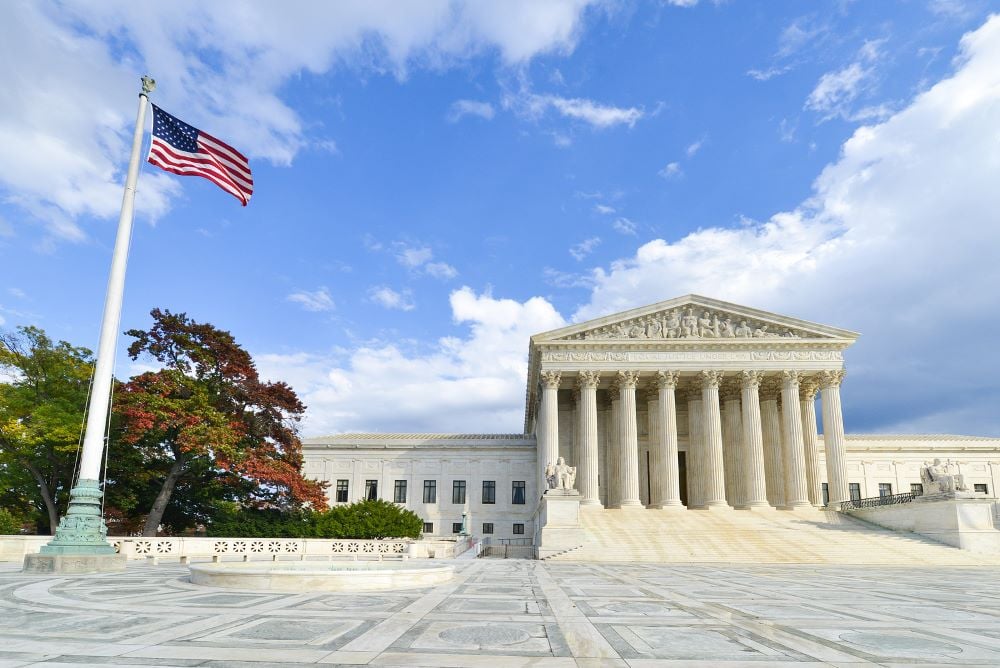In the labyrinth of legal battles waged in the expansive landscape of Texas, the saga of Daves v. Dallas County unfolded with deceptive simplicity. Initially framed as a straightforward confrontation between plaintiffs and the legal machinery of Dallas County, this saga eventually evolved into a convoluted odyssey involving constitutional interpretations, initial rulings that were later reversed and other judicial intricacies. What was supposed to be simple turned out to be anything but.
To understand this litigation, a review must go all the way back to 2016. A group of plaintiffs brought suit against misdemeanor judges, the Harris County sheriff and Harris County in ODonnell v. Harris County, alleging violations of due process and equal protection. By 2017, Judge Lee Rosenthal of the U.S. District Court for the Southern District of Texas issued a preliminary injunction against the defendants. She ruled that use of a bail schedule to set bail for misdemeanor defendants in Harris County was a breach of due process when defendants lacked the opportunity to request a deviation from the scheduled bail amount. While judges are usually considered state actors and exempt from litigation pursuant to 42 USC §1983, Judge Rosenthal held that the misdemeanor judges became county policy makers when they created a standing order bail schedule, and therefore, could be sued.
In February 2018, the U.S. Court of Appeals for the Fifth Circuit affirmed large portions of Judge Rosenthal’s memorandum opinion, but reversed the preliminary injunction itself as overly broad. The reversal dealt with whether the preliminary injunction could impose substantive remedies when the trial court only found procedural defects.
Therefore, in 2018, another group of plaintiffs (using the same attorneys as the plaintiffs in ODonnell) filed suit in Dallas federal court against misdemeanor and felony judges, magistrate judges, Dallas County and the Dallas County sheriff. The plaintiffs claimed procedural due process and equal protection violations similar to those alleged in ODonnell, asserting that the utilization of a bail schedule was improper. At its heart, the plaintiffs in Daves v. Dallas County sought to extend the ruling against the misdemeanor judges in ODonnell to both misdemeanor and felony judges. In September 2018, the federal court in Daves agreed with the plaintiffs. The court extended the ruling in ODonnell to the felony judges and entered a preliminary injunction similar to the one issued by Judge Rosenthal. The defendants appealed, and subsequently, the issue returned once again to the Fifth Circuit for review.
The appeal was initially submitted to a panel of three judges for consideration. The panel’s decision refused to extend the holding in ODonnell concerning misdemeanor judges to felony judges. In its ruling, the panel asserted that district court judges are state actors immune from a 1983 suit. Consequently, the court overturned the trial court’s memorandum opinion to the contrary. Additionally, the panel mentioned being bound by the decision in ODonnell, but indicated that had they addressed the issue without ODonnell’s guidance, they might have reached a different conclusion.
Subsequently, a motion for rehearing en banc was filed, prompting all 16 judges of the Fifth Circuit to reexamine the case. This move enabled the Circuit Court of Appeals to reconsider ODonnell. In Daves I, the Fifth Circuit, en banc, issued a decision that reversed Judge Rosenthal’s opinion in ODonnell regarding misdemeanor judges. The Court of Appeals held that when a judge sets bail the judge is acting on behalf of the state and would fall under the general rule that state actors cannot be sued in 1983 cases. Thereafter, the case was sent back to the trial court to make findings on two issues: (1) whether the trial court should abstain from considering the case based on the Younger Abstention Doctrine; and (2) whether the case was moot due to actions of the Texas legislature in passing Senate Bill 6, which was a bill reforming pretrial release in Texas.
The trial court issued findings stating that while the federal court need not abstain from considering the case, the litigation had become moot as a result of the actions of the Texas legislature. The case was forwarded back to the Fifth Circuit for a final determination en banc. In Daves II, the Fifth Circuit reversed the trial court’s decision on abstention, concluding that the federal courts should have abstained from hearing Daves. The Court of Appeals also held that both Daves and ODonnell should never have been filed in federal court. Moreover, the court reaffirmed the ruling that the case had become moot due to the Texas legislature’s passage of Senate Bill 6.
The plaintiffs submitted a petition for certiorari to the U.S. Supreme Court, addressing the issues of abstention and mootness. Judge Rosenthal delivered an impassioned argument asking the court to grant the petition in an order she issued dismissing a case entitled Russell v. Harris County. On January 8 of this year, the high court denied the petition, bringing this litigation to a final close.
The tug-of-war between Judge Rosenthal and the Fifth Circuit brings into sharp relief the conflicting perspectives within the criminal justice reform discourse. On the one hand, Judge Rosenthal found procedural violations, but sought to impose substantive remedies. Essentially, Judge Rosenthal asserted that the constitution enshrined a fundamental right to release upon arrest that could not be denied. This concept is the foundation of the arguments underlying what some would call the bad bail reform movement.
In Harris County, the misdemeanor judges, aligning with this constitutional interpretation, have instituted a charge-based release system. This system requires a defendant to be released each time they are charged with most misdemeanor offenses regardless of how many times they are charged with a specific misdemeanor crime or how frequently they fail to appear for court. However, this interpretation of the constitution has now been reversed multiple times.
On the other side of the issue, the appellate courts have held that the constitution does not require release. Rather, the courts of appeals have held that the constitution necessitates a hearing to give a defendant the opportunity to request a departure from an amount set out on a bail schedule, since that was the fix for the procedural defect identified.The fundamental problem with these two arguments is that they are mutually exclusive. One argument ties the hands of judges and prevents them from being able to address gangs, career criminals or organized crime. As a result, these groups have found ways to make millions of dollars taking advantage of charge-based release arguments in those instances where they have been implemented.
While the Daves case is now over, the debate over public safety will continue. The damage that has been done to the criminal justice system through tying the hands of judges will persist. As long as criminal elements see charge-based bail reform as an avenue for making money hand over fist, they will continue to take advantage of these policies. Counties and states should heed the lessons of Sanchez v. Alabama, where Cullman County abided by a similar preliminary injunction for 4-5 years until it was reversed by the U.S. Court of Appeals for the 11th Circuit. Thereafter, the county was able to reinstate a system of accountability for defendants with criminal histories and for those who refused to appear for court. It took approximately six months for the county to shift the mind set of defendants and for it to witness a decline in crime rates.
As the final echoes of the Daves case fade into the annals of legal history, the repercussions of this protracted legal battle linger as a cautionary tale. The clash between the two opposing perspectives not only spotlights the contrasting ideologies shaping criminal justice reform, but also reveals the fragility of systemic changes that create chaos. The aftermath of this saga reveals what many had cautioned all along: Without accountability, the very foundation of a just and equitable criminal justice system is at risk, leaving society vulnerable to the unchecked forces of criminal activity.











Comments 2
I have a case before the US Supreme Court regarding Judge Rosenthal. It’s Montes v. Tibbs, from the Fifth Circuit.
Daniel from Abroad.
Great read and information Ken!